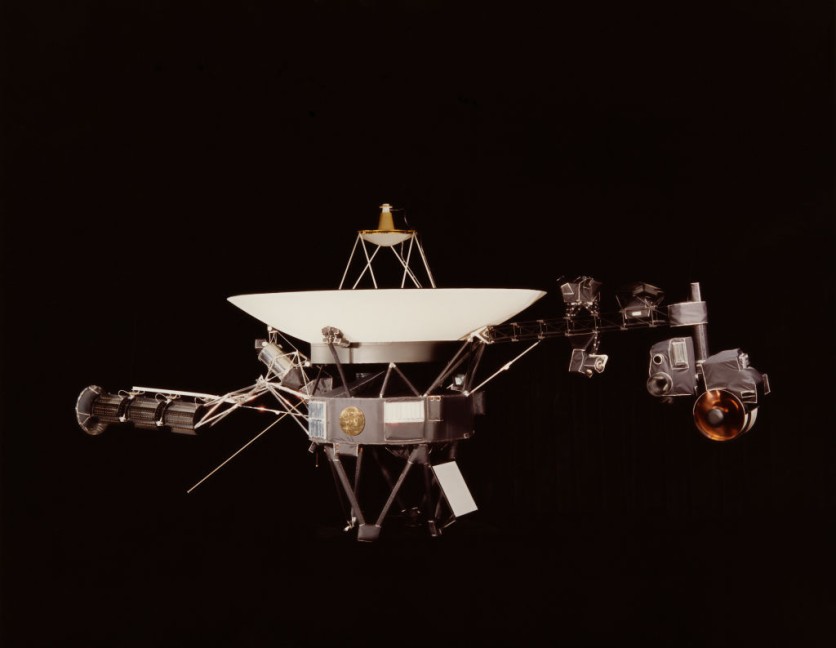NASA's iconic Voyager 1 spacecraft, which has been traversing the cosmos for an impressive 46 years, is currently grappling with a technical glitch that hinders it from transmitting any scientific or engineering data back to Earth.
Engineers at NASA are now working to resolve the issue in one of its three onboard computers, called the flight data system (FDS).

The Iconic Voyager 1 Spacecraft of NASA
"The spacecraft is receiving and executing commands sent from Earth; however, the FDS is not communicating properly with one of the probe's subsystems, called the telemetry modulation unit (TMU). As a result, no science or engineering data is being sent back to Earth," NASA said in a blog post.
Voyager 1, one of the longest-serving active, non-passive spacecraft, holds the distinction of being launched in 1977 from the Kennedy Space Center. The probes made by the spacecraft alongside its twin, Voyager 2, have significantly contributed to humanity's understanding of our solar system and beyond.
Despite their advanced age, both spacecraft are actively engaged in collecting valuable scientific data. The recent setback revolves around Voyager 1's FDS. Although the spacecraft continues to receive and execute commands from Earth, the FDS is encountering communication issues with a critical subsystem known as the telemetry modulation unit (TMU).
Consequently, no scientific or engineering data is currently being transmitted back to Mission Control. The FDS plays a pivotal role in gathering data from various science instruments and monitoring the spacecraft's health and status.
It then compiles this information into a binary code data package for transmission to Earth via the TMU. The recent anomaly involves the TMU transmitting a recurring pattern of ones and zeros, indicating a potential malfunction in the FDS.
Read Also : NASA's Perseverance Marks 1,000th Day on Mars, Robotic Rover Unravels Ancient History of Martian Lake
Restarting the FDS of Voyager 1 Spacecraft
NASA's Voyager team undertook efforts over the weekend to restart the FDS and revert it to its state before the glitch occurred. Unfortunately, these attempts have not yielded usable data, prompting the engineering team to develop a comprehensive plan to address the issue, a process that may take several weeks.
Given the probes' launch date in 1977, troubleshooting technical challenges often involves consulting original documents penned by engineers who didn't anticipate the issues arising today.
This historical context is crucial for comprehending how new commands might impact the spacecraft's operations and preventing unintended consequences. Moreover, the vast distance between Earth and Voyager 1, currently over 15 billion miles away, introduces a significant time delay in communication.
Commands from mission controllers take approximately 22.5 hours to reach the spacecraft, and an additional 22.5 hours are required to receive a response and assess the outcome. This intricate process highlights the complexity of managing a mission that has extended over several decades.
Related Article : Blue Origin New Shepard Flight Coming Next Week, NS24 to Carry Payloads After More Than a Year

ⓒ 2025 TECHTIMES.com All rights reserved. Do not reproduce without permission.




